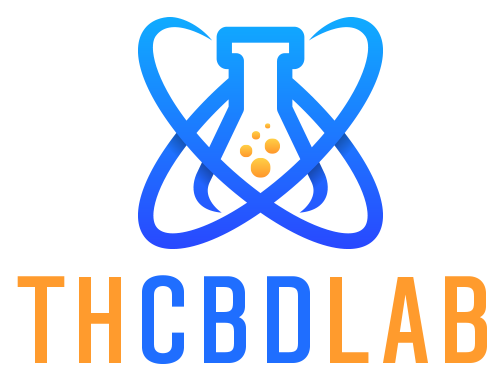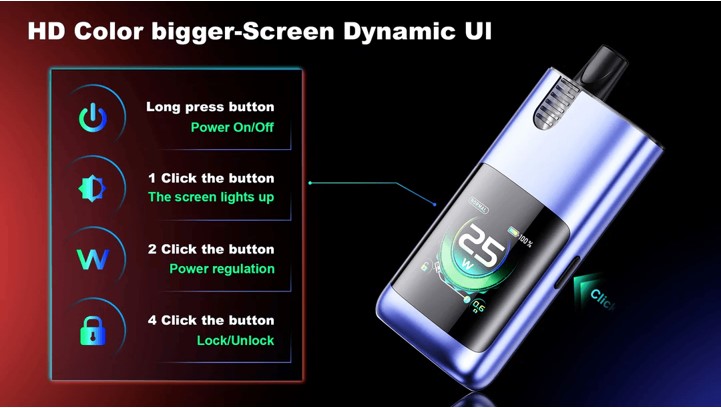Imagine a sprawling city with thousands of roads, intersections, and traffic lights. Cars represent data, flowing in every direction. Without proper planning, the town descends into gridlock. But with well-designed highways, signals, and traffic controllers, everything moves smoothly to its destination.
Apache NiFi works like a traffic controller for data. It manages the flow, keeps records of every movement, and ensures that information travels securely and reliably from one point to another. For analysts and engineers, mastering NiFi means learning how to orchestrate the lifeblood of modern organisations—data.
Understanding Data Flow as a Living System
Instead of viewing data pipelines as rigid structures, think of them as rivers. Each stream carries water (data) from mountains (sources) to cities (applications). Along the way, the water may need filtering, rerouting, or storage. Apache NiFi acts like a system of dams, canals, and treatment plants, ensuring that water not only flows but also reaches the right destinations in the proper form.
This metaphor helps make sense of NiFi’s processors, queues, and flowfiles. They’re the locks and gates in the river system, giving analysts granular control over how information is directed, stored, or transformed.
Structured programs, such as a Data Analytics Course in Hyderabad, often introduce these concepts through practical labs, helping learners design pipelines that mirror real-world complexity.
Step One: Ingesting Data
The first step in any NiFi pipeline is data ingestion. NiFi connects to multiple sources—databases, APIs, IoT devices, or even social media feeds—and pulls information in real time.
Picture trucks arriving at a warehouse from different suppliers. Each car carries goods in other packaging. NiFi serves as the dock manager, unloading every shipment, tagging it, and directing it to the right section of the warehouse.
The beauty lies in NiFi’s flexibility. Whether data arrives in structured, semi-structured, or unstructured formats, it can all be brought into the same pipeline without disruption.
Learners who pursue a Data Analyst Course often practise ingestion techniques, gaining the skills to handle diverse datasets and bring them into unified workflows.
Step Two: Processing and Transformation
Raw data is rarely ready for immediate use. It often needs cleaning, restructuring, or enrichment. NiFi processors handle this stage.
Think of this step like a kitchen where chefs prepare ingredients before cooking. Some items are washed, others chopped, and some marinated before being added to the final dish. Similarly, NiFi allows analysts to normalise formats, filter unnecessary information, and enrich records by integrating additional context.
Through its drag-and-drop interface, even complex workflows can be created without writing extensive code, making the process both powerful and accessible.
Step Three: Routing and Delivery
Once data has been transformed, it must reach the right destination—whether that’s a data lake, cloud storage, analytics tool, or machine learning platform. NiFi’s routing capabilities ensure that this delivery happens seamlessly.
Imagine a postal system where letters are sorted by postal code and delivered to the correct neighbourhoods. NiFi routes data with the same precision, using rules and logic to determine where each piece of information should be directed.
Hands-on exposure through a Data Analytics Course in Hyderabad often demonstrates how routing rules and monitoring dashboards can give businesses both control and visibility over data delivery.
Security and Reliability in Pipelines
Data is an asset, but it’s also a responsibility. Apache NiFi integrates features such as encryption, access control, and detailed logging to ensure that every transaction is secure.
This is comparable to an airport, where every passenger and piece of luggage is screened, tracked, and recorded. NiFi provides this level of oversight for data, ensuring compliance and accountability while reducing risks of breaches or loss.
For many aspiring professionals, taking a Data Analyst Course can provide deeper exposure to security practices in pipelines—bridging the gap between technical implementation and governance.
Conclusion
Apache NiFi transforms the daunting challenge of data management into a manageable, transparent process. By treating pipelines as living systems—capable of ingesting, processing, routing, and securing streams of information—it enables businesses to unlock the full potential of their data.
For analysts, NiFi is not just another tool but a framework for thinking about data as a dynamic flow that requires orchestration. Mastering it means stepping into the role of an actual data traffic controller, ensuring that insights reach the right place at the right time.
In the ever-growing world of analytics, those who can design and maintain reliable pipelines will become the essential navigators of tomorrow’s data-driven enterprises.
ExcelR – Data Science, Data Analytics and Business Analyst Course Training in Hyderabad
Address: Cyber Towers, PHASE-2, 5th Floor, Quadrant-2, HITEC City, Hyderabad, Telangana 500081
Phone: 096321 56744











